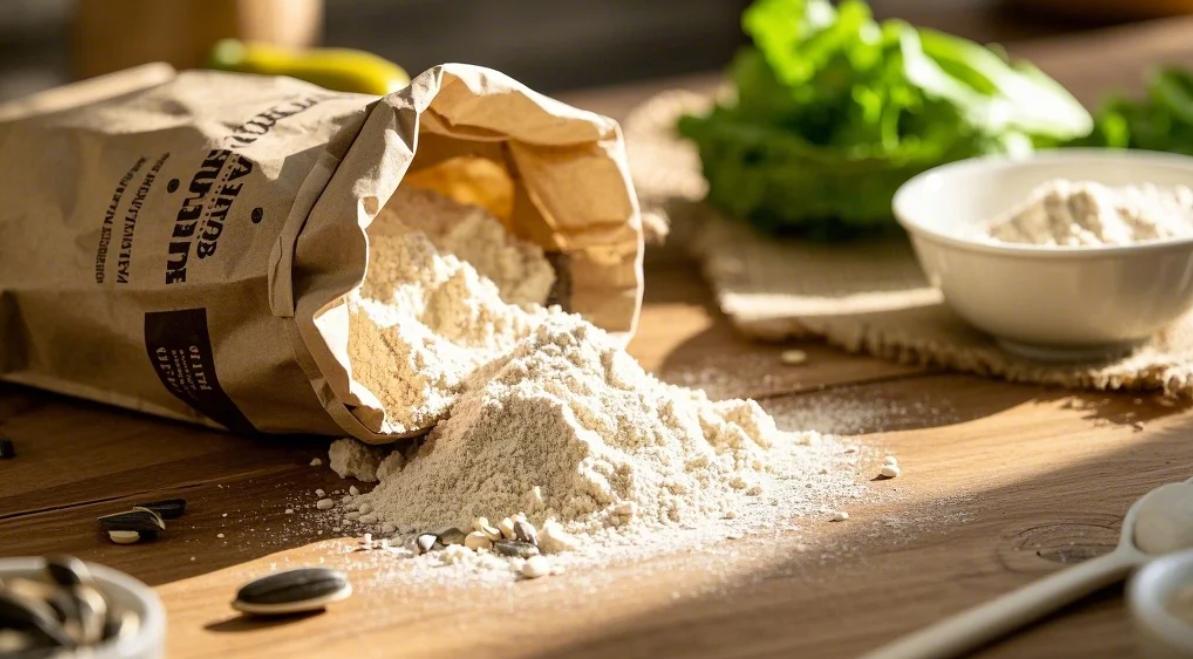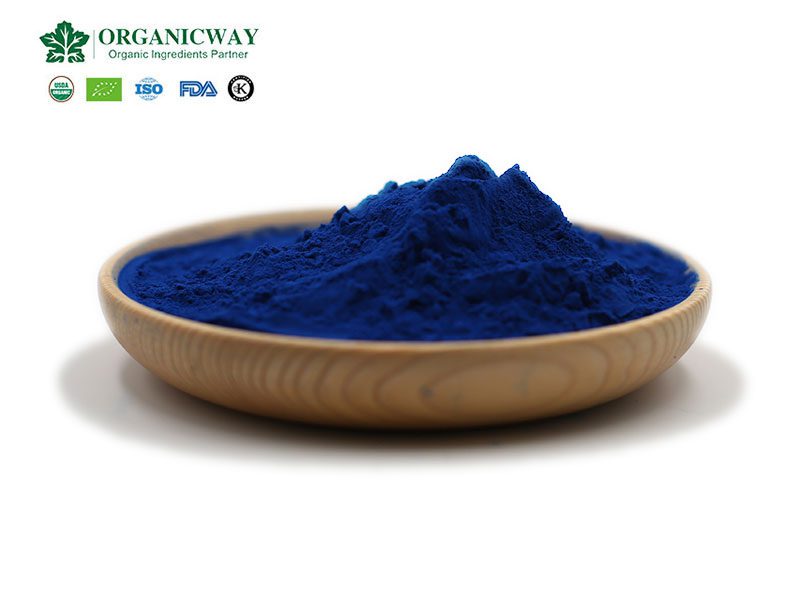Table of Contents
Organic maltodextrin is a polysaccharide derived from organic sources such as corn, wheat, potato, cassava and others. It is used as a food additive for various purposes such as bulking agent, sweetener, stabilizer, thickener and carrier. Organic maltodextrin has various advantages over conventional maltodextrin such as lower environmental impact, higher nutritional value, better taste and aroma and no GMOs or synthetic chemicals. The organic maltodextrin market is a subset of the global maltodextrin market and is expected to witness higher growth than the conventional maltodextrin market due to the rising consumer preference for natural and organic products.
The purpose of this report is to provide an overview of the organic maltodextrin market by analyzing its size, growth drivers, challenges, opportunities and regional segments.
Market Size and Growth
The global maltodextrin market stood at about 4.49 MMT in 2022, higher by 6% from a year ago. The market has been projected to expand at a CAGR of 5.0% to reach the value of US$ 5.87 Bn in 2031. The increasing demand from downstream products such as milk powder, ice cream, and other instant drinks will fuel maltodextrin consumption. Maltodextrin is more commonly used in sugar-free products because it is not actual sugar and is suitable for diabetics.
The organic maltodextrin market is expected to grow at a faster rate than the conventional maltodextrin market due to the rising consumer preference for natural, organic and clean label products. The organic maltodextrin market can be segmented by source, form, application and region.
By source, the organic maltodextrin market can be divided into corn-based, wheat-based, potato-based, cassava-based and others. Corn-based organic maltodextrin dominates the market due to its wide availability and low cost. However, wheat-based organic maltodextrin is expected to grow at a faster rate due to its higher solubility and viscosity.
By form, the organic maltodextrin market can be categorized into spray-dried powder and instantized/agglomerated. Spray-dried powder is the most common form of organic maltodextrin due to its ease of production and storage. Instantized/agglomerated organic maltodextrin is more convenient for consumers as it dissolves quickly in water without clumping.
By application, the organic maltodextrin market can be classified into food and beverages, cosmetics and personal care, pharmaceuticals, daily and fine chemicals and others.
Food and beverages is the largest application segment of organic maltodextrin due to its wide use as a bulking agent, sweetener, stabilizer, thickener and carrier for various products such as baby food, sports drinks, baked goods, sauces, dressings and soups.
Cosmetics and personal care is another major application segment of organic maltodextrin due to its role as a moisturizer, emulsifier, film-former and binder for various products such as creams, lotions, shampoos, conditioners and toothpastes.
Pharmaceuticals is an emerging application segment of organic maltodextrin due to its use as a diluent and coating material for tablets and capsules.
Daily and fine chemicals is another potential application segment of organic maltodextrin due to its use as a surfactant, dispersant and filler for detergents, paints, inks and adhesives.
By region, the organic maltodextrin market can be divided into North America, Europe, Asia Pacific, Latin America and Middle East and Africa.
North America is expected to hold the largest share of the global organic maltodextrin market due to its high consumption of processed foods and beverages, cosmetics and personal care products and pharmaceuticals.
Europe is anticipated to exhibit growth at a CAGR of 3.8% over the forecast period, owing to increasing demand for plant based sports beverages products. The EU-5 maltodextrin market will dominate Europe with a share of more than 73.3% in 2021.
Asia Pacific is expected to witness the fastest growth rate in the organic maltodextrin market due to its growing food and beverage industry, rising urbanization, increasing disposable income and growing demand for natural and organic products. China, India and South East Asia are the key markets for organic maltodextrin in the region.
China is the largest producer and consumer of organic maltodextrin in the region, accounting for over 30% of the global output. China exports its surplus production to countries like Egypt and Nigeria.
India is another key market for organic maltodextrin in the region, holding a share of 23.6% in Asia Pacific. India produces organic maltodextrin mainly from corn starch, potato starch and wheat starch. India also exports its organic maltodextrin to other Asian countries.
South East Asia is an emerging market for organic maltodextrin in the region, with countries like Indonesia, Vietnam and Thailand producing organic maltodextrin from cassava starch. Indonesia is the largest producer of cassava in Asia. The increasing demand for organic maltodextrin in sectors like cosmetics and personal care, pharmaceuticals and daily and fine chemicals will drive the growth of this market segment.
Market Challenges and Opportunities
The organic maltodextrin market is expected to face some challenges such as:
- The high cost of organic raw materials compared to conventional ones
- The lack of awareness and trust among consumers regarding the benefits of organic products
- The stringent regulations and certification requirements for organic products
- The competition from other natural sweeteners such as stevia, honey and agave nectar
However, these challenges can be overcome by:
- Increasing the production and availability of organic raw materials
- Educating consumers and creating awareness about the advantages of organic products
- Developing innovative products and applications for organic maltodextrin
- Collaborating with other stakeholders in the value chain to ensure quality and traceability of organic products
The global pandemic caused by COVID-19 has also impacted the organic maltodextrin market in various ways such as:
- Disrupting the supply chain and logistics of raw materials and finished products
- Affecting the demand patterns and preferences of consumers due to lockdowns, social distancing and health concerns
- Creating opportunities for online sales channels and e-commerce platforms due to increased digitalization
- Accelerating the demand for immune boosting, healthy and natural products due to increased health awareness
The future outlook for the organic maltodextrin market is positive as it is expected to witness a higher growth rate than the conventional maltodextrin market due to:
- The rising consumer preference for natural, organic and clean label products
- The increasing demand for plant based, vegan and gluten free products
- The growing use of organic maltodextrin in various sectors such as food & beverages, cosmetics & personal care, pharmaceuticals, daily & fine chemicals, etc.

